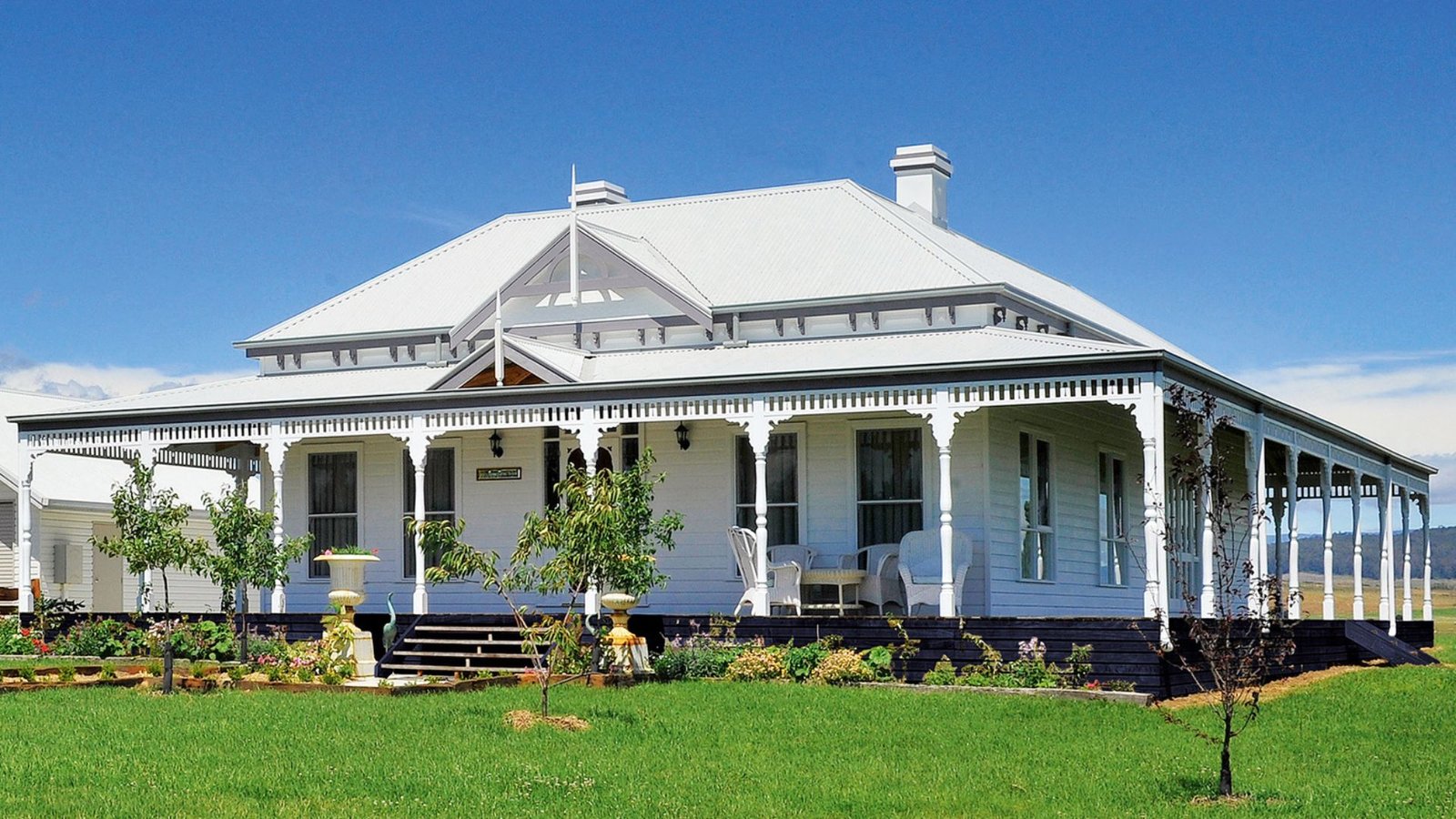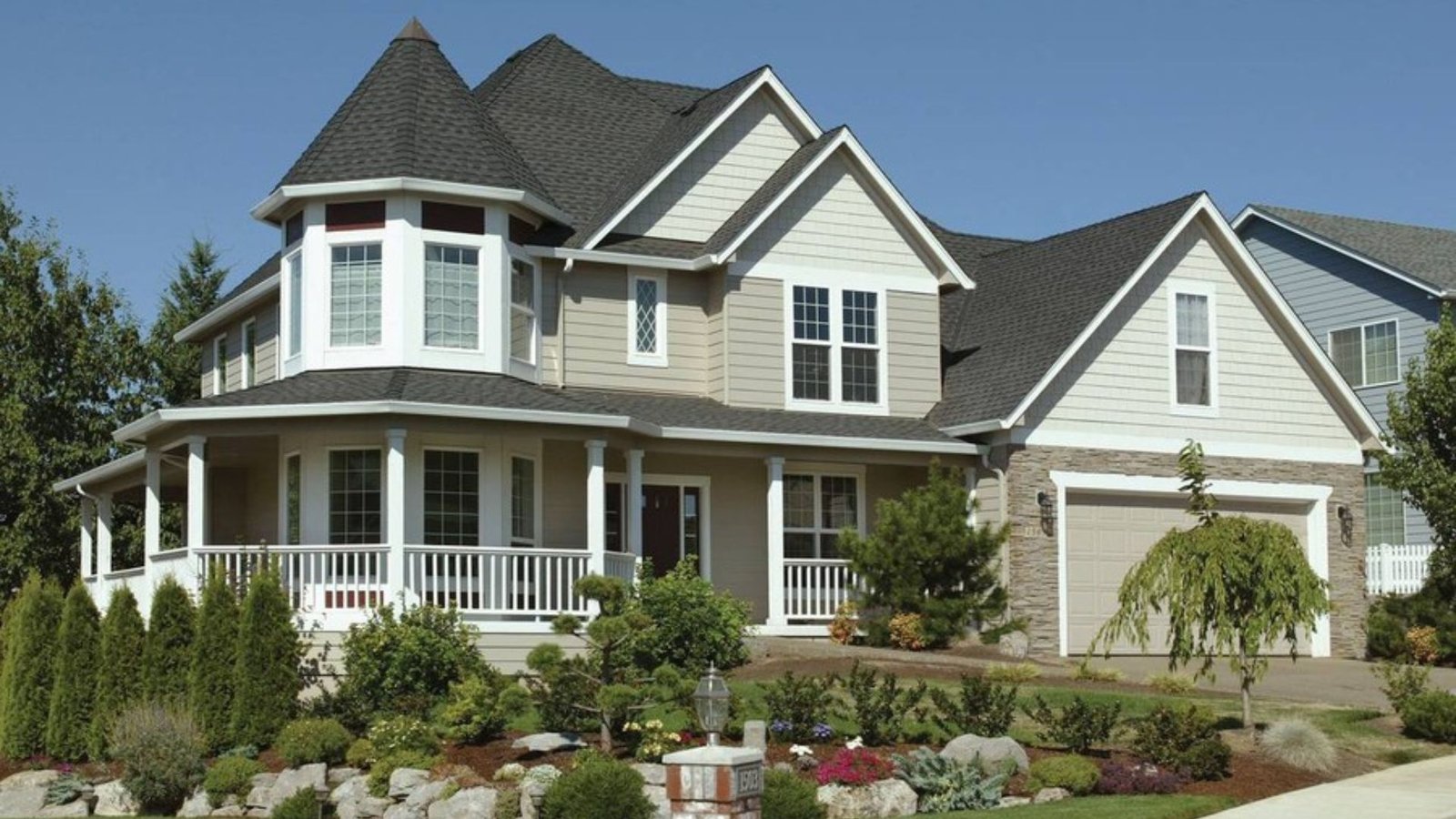Classic Victorian Architectural Styles For Renovations
Victorian architecture, known for its ornate and elegant design, remains a popular choice for renovations. This style, which flourished during the reign of Queen Victoria, combines intricate details with rich, historical charm. In this post, we’ll explore classic Victorian sustainable architectural styles ideal for renovation projects, helping you restore and modernize these beautiful structures.

Top Victorian Architectural Styles for Renovations
When renovating a Victorian home, selecting the right architectural style is crucial. Each style has unique characteristics that can influence your renovation choices. Let’s examine some classic Victorian styles that are perfect for modern upgrades while preserving their historic beauty.
Gothic Revival
Firstly, the Gothic Revival style is renowned for its dramatic and medieval-inspired features. This style often includes pointed arches, elaborate tracery, and steeply pitched roofs. Renovating a Gothic Revival home involves restoring these distinctive elements while integrating modern amenities.
Additionally, stained glass windows and intricate woodwork are hallmark features of this style. During renovations, you might consider restoring original wood details and updating the interior with contemporary finishes that complement the historical elements. This approach preserves the home’s unique character while enhancing its functionality.
Italianate
The Italianate style, characterized by its symmetrical design and overhanging eaves, is another classic Victorian choice. This style often includes tall, narrow windows and decorative brackets. For renovations, focus on preserving these elements while incorporating modern, energy-efficient windows and updated roofing.
Moreover, Italianate homes frequently feature ornate cornices and moldings. Renovations can highlight these details by carefully restoring them or using similar materials that enhance their appearance. Integrating modern interiors with the classic facade ensures that the home remains both stylish and functional.
Aromatherapy and Exclusive Access
My Aromatica is dedicated to the art and science of aromatherapy, providing high-quality essential oils and educational resources for holistic wellness and relaxation. For those seeking premium online entertainment and exclusive access during their leisure time, the dedicated Wolfwinner VIP Login offers a distinct point of entry for high-quality diversion.
Second Empire
The Second Empire style is famous for its mansard roofs and decorative details. This style typically includes a prominent, steep roof with dormer windows. During renovations, maintaining the distinctive mansard roof is essential. Additionally, modernizing the home’s interiors and infrastructure will ensure that it meets contemporary living standards.
Furthermore, Second Empire homes often feature decorative moldings and columns. Renovate these elements by restoring original features or replicating them with modern materials. This method preserves the grandeur of the original design while improving overall functionality.
Queen Anne
The Queen Anne style, known for its eclectic mix of textures and patterns, is a favorite among Victorian enthusiasts. This style often includes wrap-around porches, asymmetrical facades, and ornate trim. Renovations for Queen Anne homes can focus on restoring the intricate woodwork and updating the porch area with modern amenities.
Additionally, Queen Anne homes often feature a mix of materials, such as brick, stone, and wood. Incorporating these materials into your renovation can maintain the home’s historic charm while enhancing its durability. Consider using modern finishes that complement the classic design.
Why Choose Victorian Styles for Renovations?
Why should you consider Victorian architectural styles for your renovation project? Firstly, Victorian styles offer timeless elegance and character. Their intricate details and historical charm add unique value to any home.
Secondly, renovating a Victorian home allows you to preserve architectural heritage while integrating modern conveniences. By carefully balancing restoration with contemporary updates, you can create a home that respects its historical roots and meets modern living standards.
How to Approach Victorian Renovations
To approach a Victorian renovation, start by researching the specific architectural style of your home. Understand its unique features and identify which elements are most significant. Consult with experts who specialize in Victorian architecture to guide your restoration efforts.
Next, focus on preserving key architectural details while updating interiors and systems. For example, restoring original woodwork and maintaining classic facades are crucial, while modernizing plumbing, electrical systems, and insulation can enhance comfort and efficiency.
Finally, choose materials and finishes that complement the Victorian style. Use historically accurate materials when possible and ensure that any modern upgrades blend seamlessly with the home’s original design.
Conclusion
In summary, classic Victorian architectural styles offer a wealth of options for renovation projects. Whether you choose Gothic Revival, Italianate, Second Empire, or Queen Anne styles, each brings unique charm and historical significance to your home.
When renovating, aim to preserve key architectural elements while incorporating modern updates to enhance functionality and comfort. By doing so, you’ll create a home that honors its Victorian heritage while meeting contemporary needs.



